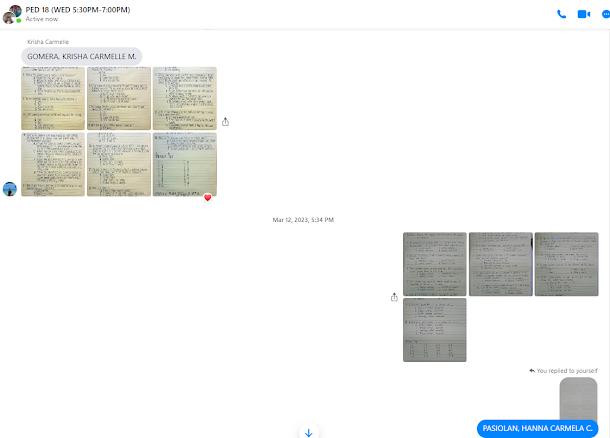UNIT 4 - Evaluating ICT Tools and Resources
How to ensure relevance and appropriateness of IMs and ICT tools in teaching and learning Mathematics (Essay) The integration of instructional materials (IMs) and information and communication technology (ICT) tools has played a critical role in the evolution of teaching and learning mathematics in recent years. The use of IMs and ICT tools can increase student engagement, promote active learning, and aid in the comprehension of mathematical concepts. However, ensuring that these resources are relevant and appropriate is critical to maximizing their effectiveness. Aligning IMs and ICT tools with curriculum standards is the first step in ensuring their relevance and appropriateness. Mathematical concepts and skills should be clearly linked to the curriculum's learning objectives and content. When selecting IMs and ICT tools, it is critical to consider students' diverse needs and interests in order to increase their engagement and motivation. Different learners have d

